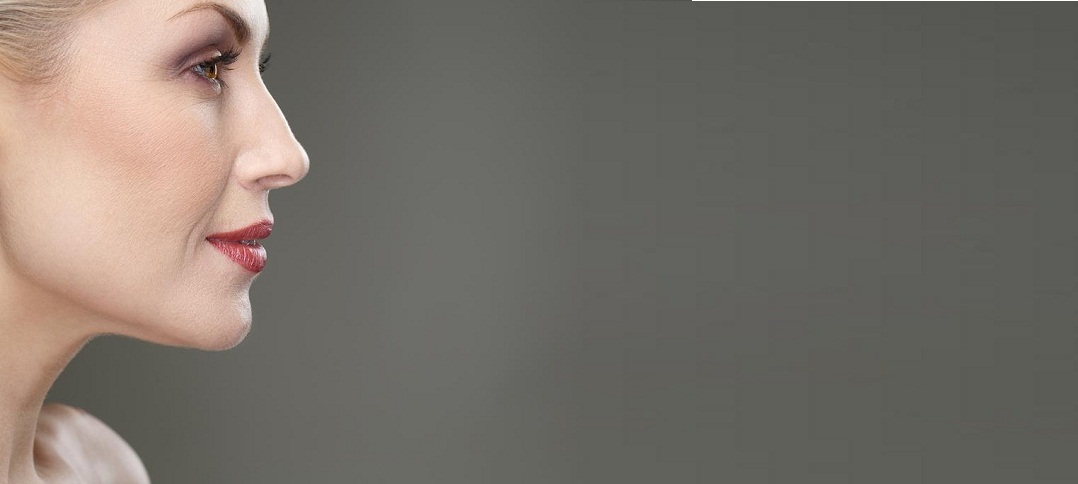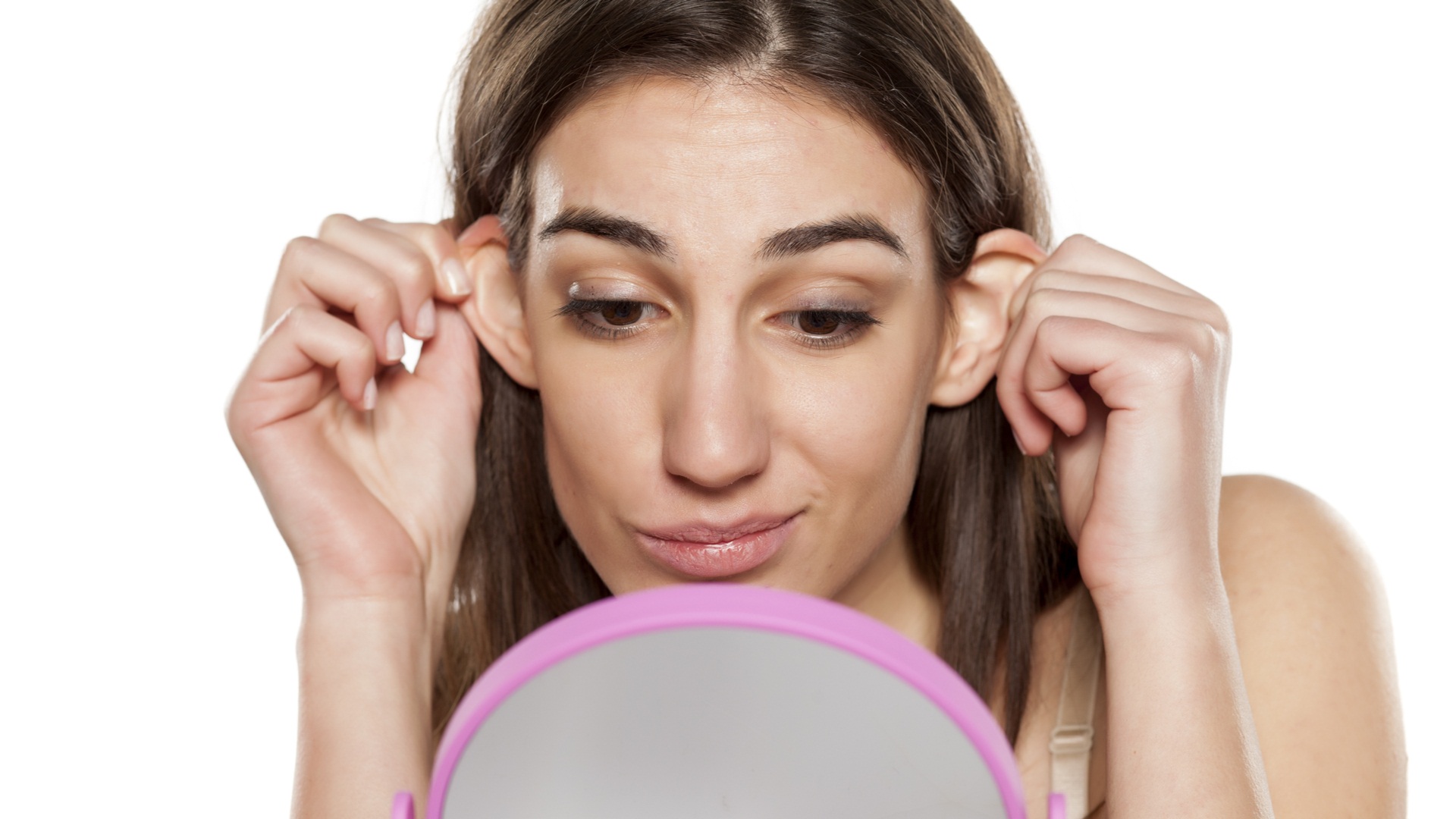How to Treat Acne Scars – Best Ways
As if breakouts weren’t bad enough, acne scars can haunt you your entire life. We spoke to West Hollywood plastic surgeon Dr. Roger Tsai, MD to get his expert advice on the best ways to treat them and leave acne in your past.
As if breakouts weren’t bad enough, acne scars can haunt you your entire life. Acne scars and marks come in many forms, but the one thing they have in common is that they are long-lasting. Fortunately, most acne scars and marks can be effectively treated with some TLC and a little help from your doctor. We spoke to West Hollywood plastic surgeon Dr. Roger Tsai, MD to get his expert advice on the best ways to treat them and leave acne in your past.
What Causes Acne Scars and Marks?
Simply put, acne scars and marks are caused by pimples that did not heal properly, whether from picking, popping or not treating them properly. Remember how your mom told you to not pick your zits? Now you know why! However, even followed every rule in the book, you can still find yourself with marks and scarring later on.
Genetics play a huge role in acne aftermath, which makes it hard to determine why one person has scars and another person does not. The best way to avoid damage in the future is to take extra precautions when caring for the surface of the skin. Choose a skin care routine that uses doctor recommended products, avoid excess sun exposure and always remember to resist the urge to pick and pop blemishes.
The Difference Between Acne Marks and Scars
Unlike acne scars, acne marks are smooth to the touch and dark marks or pigmentation of the skin. When a pimple is healing, inflammation can produce excess pigmentation which can leave behind a dark spot or stain. While they can look daunting, according to Dr. Tsai, acne marks are much easier to treat than acne scars because there is no collagen damage to the skin. They may not look pretty, but they usually fade away over a few months, depending on the person and the treatment. There are several common and effective treatments available, according to Dr. Tsai.
Sunblock: While sunscreen should be a part of everyone’s daily skin care routine, it is critical for acne sufferers. Excessive sun exposure can worsen pimple breakouts, prolong acne marks, and even make acne marks more prominent by darkening the pigmentation. Wear sunscreen every day, year round, and even inside and on cloudy days. Look for zinc-based products and acne-friendly brands, like COOLA or Farmacy.
Chemical Peels: A treatment designed to improve skin texture, chemical peels work by removing the top layer of skin cells, which increases skin cell turnover. This process helps remove dead skin on the surface of the skin and addresses hyper pigmentation that can be caused by acne flares. There are quite a number of chemical peel products, ranging from at-home to in-clinic and low to high strength, so always consult with a board certified dermatologist on which chemical peel, if any, is right for you and your skin type.
Laser Resurfacing Treatments: “Lasers like an IPL (Intense Pulse Light) are effective in removing darker pigmentation quicker,” Dr. Roger Tsai recommends. Fractional resurfacing lasers, like FRAXEL, and picosecond lasers, like PicoSure, have also been proven to help with skin texture issues including dark marks.
Topical Serums/Creams: One popular topical solution is Vitamin C serum, which uses powerful antioxidants to promote skin healing. Before applying the serum to your face, exfoliate first to aid absorption through the skin. Vitamin C serums have been shown to treat dark acne marks and offer anti-aging benefits to boot. Dr. Tsai also recommends skin exfoliation creams and retinoids, like Tretinoin, and skin brightening products, like Hydroquinone, to help quicken skin turn over for some patients. Retinoids can not only treat dark marks but also have been shown to prevent acne breakouts in the first place. and can be prescribed by a doctor or bought over-the-counter. Retinoid creams can be prescribed by a doctor or bought over the counter, but can be harsh on the skin. When using retinoids, always remember to stay out of the sun and wear sunscreen to prevent further skin damage.
Different Types of Acne Scars and Their Treatments
Acne scars are caused when the healing process replaces skin tissue with fibrous tissue instead. “Acne scars are actual indentations created from scar tissue that has grown into the empty space of the pimple and has created a contour deformity,” says Dr. Tsai. Sometimes the body can respond by producing too much of the fibrous tissue or not enough. When too much tissue is formed, the result is a raised keloid or hypertrophic scar. On the other hand, when not enough tissue is formed, the result is a depression in the skin, known as an atrophic scar. Because scars form for different reasons, there are different treatment protocols for each type. In general, compared to acne marks, acne scars are more permanent and harder to treat, although their appearance can be softened with certain acne treatments.
Ice Pick Scars
An ice pick scar is a type of atrophic or depressed scar that goes very deep into the skin. Like the name implies, ice pick scars resemble a puncture. Because they are so deep in the skin, ice pick scars are often thought to be the hardest of acne scars to correct.
Microneedling or CO2 Laser: When there are multiple ice pick scars, all-over treatments like microneedling or a CO2 Laser are suitable. These treatments work to build collagen and fill the depressions in from the inside out. Like most scar treatments, some can work better than others, depending on the skin tone and skin type.
Dermal Filler: Dermal filler can be an effective acne scar treatment option, which are are injected underneath the scar to plump the indentation. Make sure to ask your provider what kind of filler they suggest for you.
Punch Excision: Correcting an ice pick scar through punch excision (also known as a punch biopsy or subcision) requires surgically removing or cutting it out. The surgeon will “punch” out the scar to create an opening that will allow extraction of the cyst or pore. After removal, the doctor will either stitch up the hole or use skin grafting (also known as punch grafting), which uses skin from another part of the body to fill the hole.
At-Home Solutions: For less invasive options, chemical peels and tretinoin cream can show improvements as with acne marks.
Boxcar Scars
Like icepick scars, boxcar scars are also atrophic acne scars, but they are different from ice pick scars because of their broader or boxier shape. Since boxcar scars are also a result of insufficient tissue formation, they are treated the same way as ice pick scars.
Microneedling or CO2 Lasers: CO2 lasers and microneedling are recommended to build new collagen and fill the boxcar scar depressions. According to Dr. Roger Tsai, a CO2 laser treatment is better suited for significant contour deformities whereas microneedling is better for mild to moderate skin irregularities.
Dermal Filler: For isolated boxcar scars, injectables can also help.
Rolling Scars
Rolling scars are shallower than ice pick scars and boxcar scars and have more of a “rolling hills” appearance, meaning they don’t look like punctures. Treatment includes a combination of microfat injections and microneedling with platelet-rich plasma (PRP).
Microfat Injections: Microfat injections, also known as microfat grafting, works by removing fat from another part of the body and then injected into another site (like the face in the case of rolling scars).
Microneedling: Microneedling stimulates new collagen production by pricking the skin to create tiny wounds. The body then naturally responds by making collagen to kickstart the healing process.
At-Home Solutions: Alternatively, less invasive options include chemical peels and tretinoin cream as with other forms of acne scars and marks.







